The Coricancha was a religious complex in the Inca Empire. It is estimated that around 1.5 million tourists visit Cusco every year. The highest concentration of tourists is in June, when the historical celebration of the Inti Raymi (the winter solstice in the Southern Hemisphere) takes place.
The Coricancha is one of the major tourist attractions in Cusco, Peru. It contained the Temple of the Sun, the Inca world's center. The ruins are located in Santo Domingo Plaza in Cusco. When the Spanish arrived in Cusco, they destroyed most of the Coricancha and built the Santo Domingo Church on the foundations, preserving only a small part of the original beauty.
Sections of the fine outer and inner stone walls and the legendary tales of the enormous quantities of gold used to build the temples and a plain entryway into the complex are what remain today.
What is Coricancha?
Known as the “patio of gold,” the Coricancha is a sacred site revered since pre-Inca times, dedicated to the solar deity. Designed around an ample open central space (Inca cancha), the Coricancha housed various chambers arranged around this patio.
Inca ceremonial center
This sacred place, the home of Inca gods, was ceremonial. The central patio had six rectangular chambers built with finely carved stone blocks and surrounded by lateral walls, all intended for worship.
The curved wall or main altar
According to Garcilaso de la Vega, the curved wall visible today is the most sacred space of the Temple of the Sun. The main altar, oriented to the east, had a wooden roof covered with straw. The four walls of the temple were adorned with gold plates. The main altar featured a golden figure of the sun, depicted as a round face with rays and flames.
Coricancha history
Inca Period
Cusco, located in the Huatanay River basin, was founded between the Saphy and Tullumayu rivers, both now channeled. Coricancha Temple, built in 1438 during the reign of Pachacutec Inca Yupanqui, was decorated with gold and became known as the "golden temple."
Colonial Period
Following the Spanish invasion in 1553, Coricancha Cusco continued to serve as a Catholic worship site. Fray Juan de Olías led the construction of the church and convent of Santo Domingo on the Inca temple's foundations in 1538. By 1610, it had transformed into a Cusco Baroque temple and was officially consecrated in 1633. The 1650 earthquake caused severe damage, and the temple's reconstruction finished in 1681.
Republican Period
Cusco, located near the Tambomachay fault, has experienced several earthquakes. The 1950 quake, measuring 7.0, destroyed many buildings, revealing the sturdy Inca walls of Coricancha-Santo Domingo. This event divided Cusco's society: indigenists, led by Luis E. Valcárcel, and Dominicans who defended colonial reconstruction. The lack of funds for demolishing colonial remnants led to an agreement to preserve both monuments.
Coricancha Cusco actually
The Coricancha—Santo Domingo complex is a significant monument combining Andean and Catholic worship. Its magnificent Inca and colonial construction, along with nearby archaeological sites, make it one of Cusco's most visited tourist attractions.
Remember | You can visit the Temple of Coricancha in a City Tour around the city of Cusco.
What does Coricancha Temple?
Coricancha comes from two Quechua words: "Cori," which means gold, and "Cancha," which means courtyard or enclosure. Together, it translates to "The Golden Courtyard." Chroniclers referred to it as the house of gold due to the abundance of this metal there.
Where is the Coricancha Temple located?
Coricancha & Santo Domingo are located in the city of Cusco, in the province and department of Cusco, at an altitude of 3,398 meters above sea level.
Construction
The construction of Coricancha underwent several stages across different periods. In the imperial Inca era, it served as a temple dedicated to the Sun God, Inti. During the colonial period, modifications accommodated the church and convent of Santo Domingo. After the 1950 earthquake, which destroyed parts of the Spanish structures and revealed the Inca walls, a site museum replaced the old convent. Today, these structures coexist, showcasing the blend of two cultures.
Main attractions of Coricancha
Temple of the Sun
Dedicated to the Sun God, Inti, this was the most important enclosure in Coricancha, Peru. The walls were covered with gold sheets and planks. It housed the mummies or malkis of Inca rulers and worship objects like the golden band and the statue of the Sun God, Inti.
Temple of Sacrifices
Located near the Temple of the Rainbow, the sacrifice hall features a central stone element resembling a table. This object, brought from an Inca quarry, served as a support for sacrifices and offerings to the Inca gods.
Temple of the Moon
Dedicated to the Moon, or Mama Killa, regarded as the Sun's wife, this space held the mummies of the qollas, the wives of the Inca rulers, according to chronicles. Located near the main chapel, its doors featured silver planks and decorations of the Moon's image, revered as the mother of the Incas.
Temple of Venus and the Stars
Situated on the west side of the courtyard, these enclosures were dedicated to Venus and the stars. They were longer, with floors paved with rectangular stone blocks. During the Inca period, the sun illuminated these enclosures during the winter solstice. Later, the convent used this space as a chapter room.
Temple of the Rainbow
The enclosure dedicated to K’uychi or the Rainbow has two access doors and numerous niches, built without mortar. According to Inca Garcilaso, the sky's arc was painted in bright colors from one wall to another, and it was called the arco cuychi.
Temple of the Lightning
Known as the chamber for the worship of Lightning, or Illapa, meaning thunder or lightning. This enclosure has three access doors, with niches and windows aligned with the Temple of Sacrifices.
The Fountains
The original Coricancha had five different fountains, and the water source was kept secret. Each spray had its religious significance and was decorated with beautiful metals in the pure Coricancha style.
Solar Garden
The garden, also known as the Inca orchard, was used to plant crops like maize and host festivals and offerings to the Sun God. These offerings included maize stalks crafted from gold, with their cobs and leaves depicted naturally.
Coricancha Museum
The Coricancha Museum, located in Cusco, Peru, is housed in the historic site of the Temple of the Sun and the Convent of Santo Domingo. This museum features a rich collection of archaeological artifacts from the Inca, pre-Inca, and colonial periods, including ceramics, textiles, and precious metal objects. Models and replicas help visitors understand Inca architecture and the function of Coricancha.
Visiting the museum offers an appreciation of the site's restoration and conservation. It also provides an educational experience about the Inca Empire's history and its interaction with Spanish culture. It is a must-visit destination to understand the rich cultural fusion that defines Cusco.
Important Coricancha facts and legends
Legend of the Solar Disk
According to legend, the Sun God appeared in human form to the Inca Pachacutec during the war between the Chancas and Incas. He showed Pachacutec a mirror and pointed out the provinces to conquer, encouraging him to fight. After this event, Pachacutec established the Sun God as the Incas' tutelary deity, facilitating the expansion of Tahuantinsuyo.
The Ransom of Atahualpa and the Gold of Coricancha
The Inca Coricancha, which contained the finest gold and silver objects, was looted by the Spanish in 1533-1534 during the ransom of Inca Atahualpa. They took large quantities of gold and silver, including gold plates that covered the temple walls. An idol of the principal god Punchao also disappeared but was later captured along with Tupac Amaru Inca and sent to the King of Spain.
Cultural and local experience
Inti Raymi: Festival of the Sun
The Inti Raymi, or Festival of the Sun, was held during the winter solstice on June 21 in the Inca era as a ceremony honoring the Sun God, Inti, created by Inca Pachacutec in 1430 A.D. Today, it is celebrated on June 24. The ceremony begins at Coricancha, moves to the Plaza de Armas, and culminates at Sacsayhuaman.
Qhapaq Raymi: Great Festival of the Sun King
The Qhapaq Raymi, the great festival of the Sun King, was held during the summer solstice on December 22 in the Inca era. During this festival, sacrifices were made in honor of the Sun God. The sun, known as Punchao, was observed when its first rays emerged from behind Apu Ausangate and fell on Coricancha, where the statue of the Sun Punchao was likely located. This ceremony marked the start of the planting season, known as Mahuay Tarpuy.
Nearby sites to visit
- Coricancha Site Museum
- Cusicancha
- Plaza de Armas of Cusco
- Inka Museum
- Pre-Columbian Art Museum
- Casa Concha or Machu Picchu Museum
- Garcilaso House Museum
- Sacsayhuaman
Read Later | Best Museums in Cusco.
Other attractions in Cusco
Cusco, considered the second gastronomic city of Peru, offers a rich variety of culinary specialties every tourist should try. Here are two must-try dishes during your visit:
Cuy - Guinea Pig
The cuy, or guinea pig, is a significant food source in the Andes. This culinary tradition has thrived since ancient times. Cuy can be prepared in various ways: baked, fried, or in pachamanca. It is typically served with potatoes and stuffed peppers.
Extra Date | Our tours, like the Salkantay Trek, include the opportunity to enjoy cuy.
Alpaca
Similar to a small llama, the alpaca is primarily bred for its fiber, but its meat is highly valued for its tenderness compared to llama meat. Typically, alpaca steak is served with potatoes, rice, and vegetables.
To enjoy more Cusqueñan specialties, visit the Mercado San Pedro market. Cusco, with its rich history and culture represented by Coricancha, is an essential destination on your travel list.
Discover the magic of Coricancha
It's the destination and the company that leads you to magical and unique places in the world. Coricancha offers a structural and cultural overlap of two civilizations: the Andean and the Hispanic. Here, you can learn everything about these cultures in an incomparable environment. Join our unforgettable journey, and don't wait any longer to visit the famous Temple of the Sun, also known as the House of the Sun.

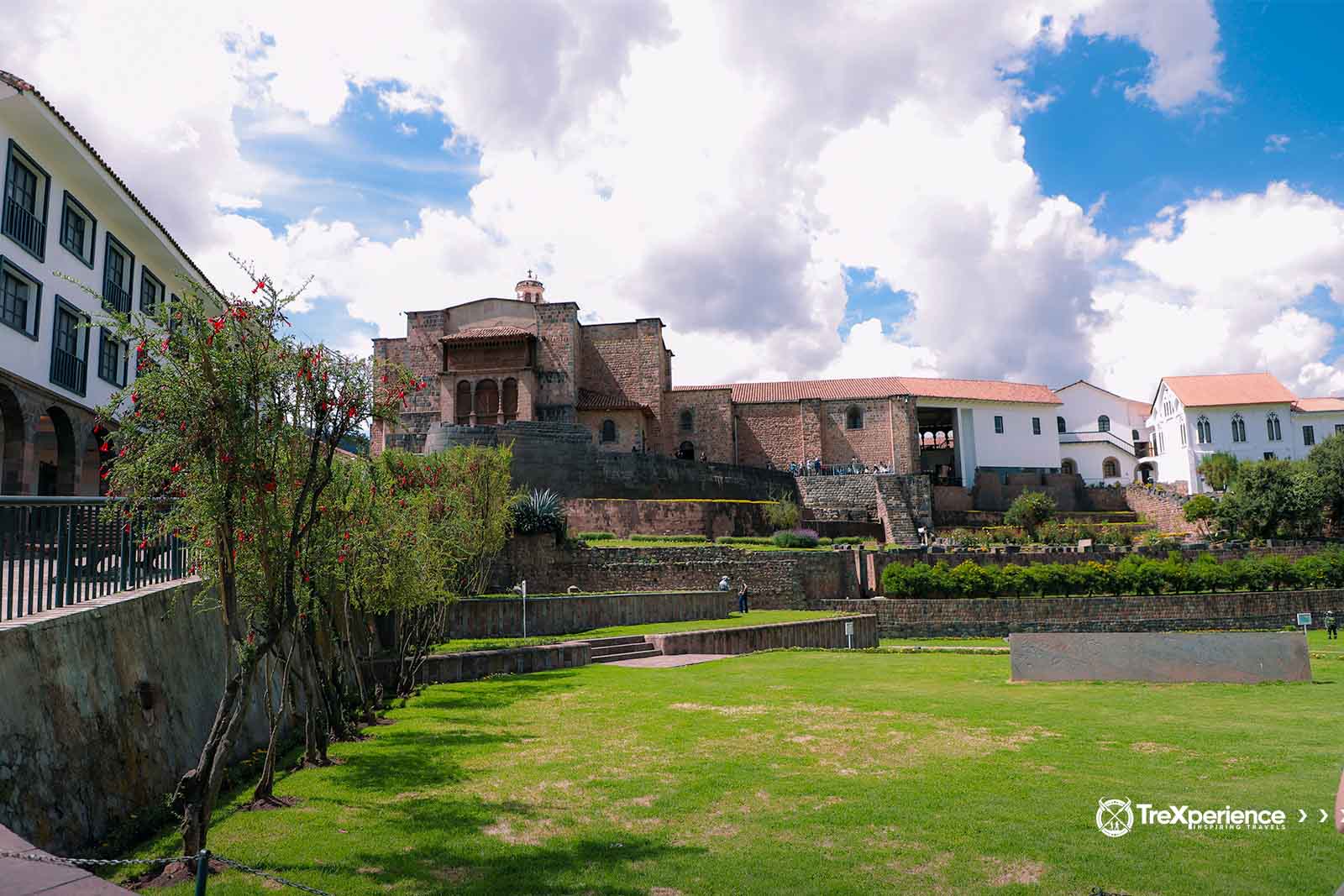

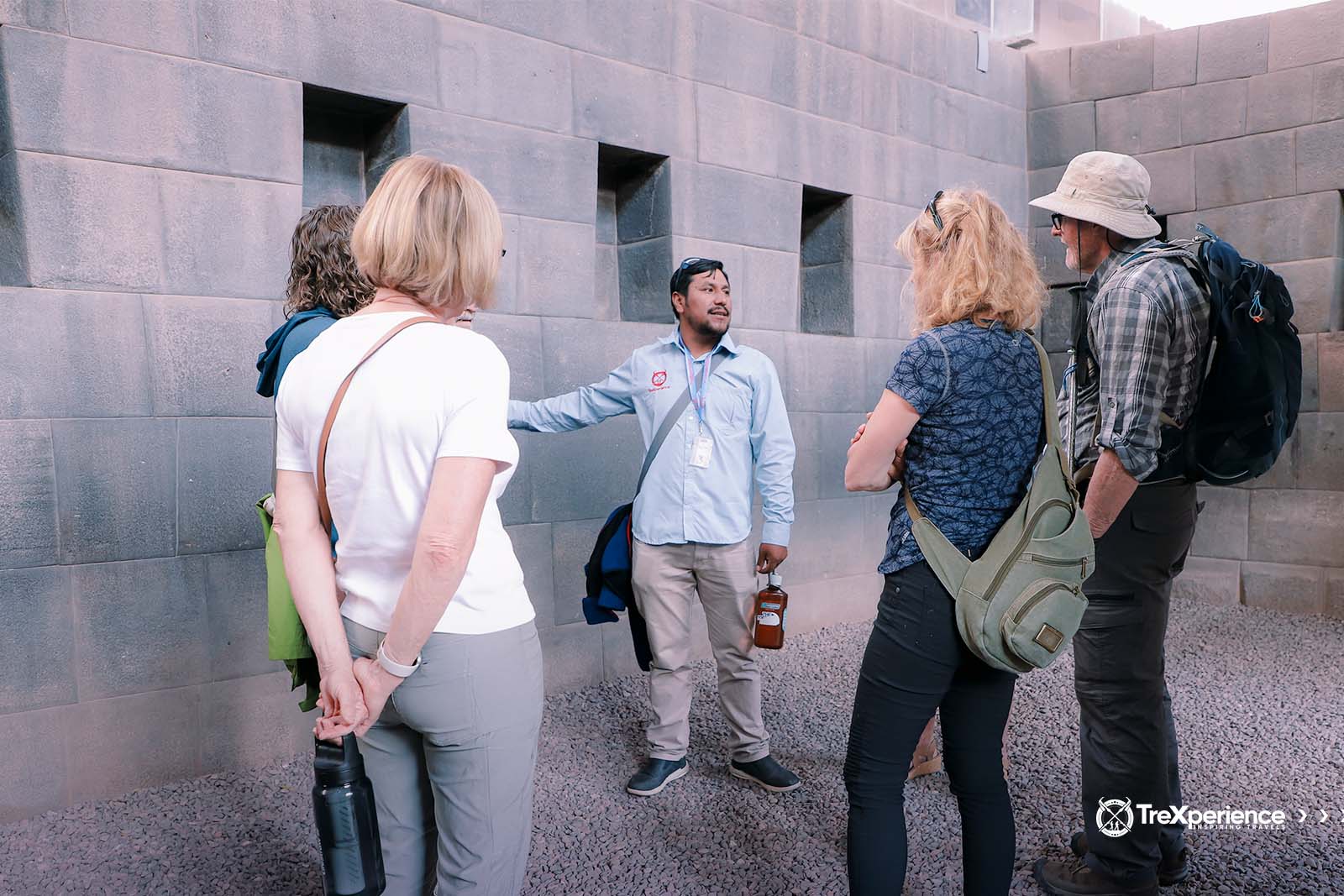
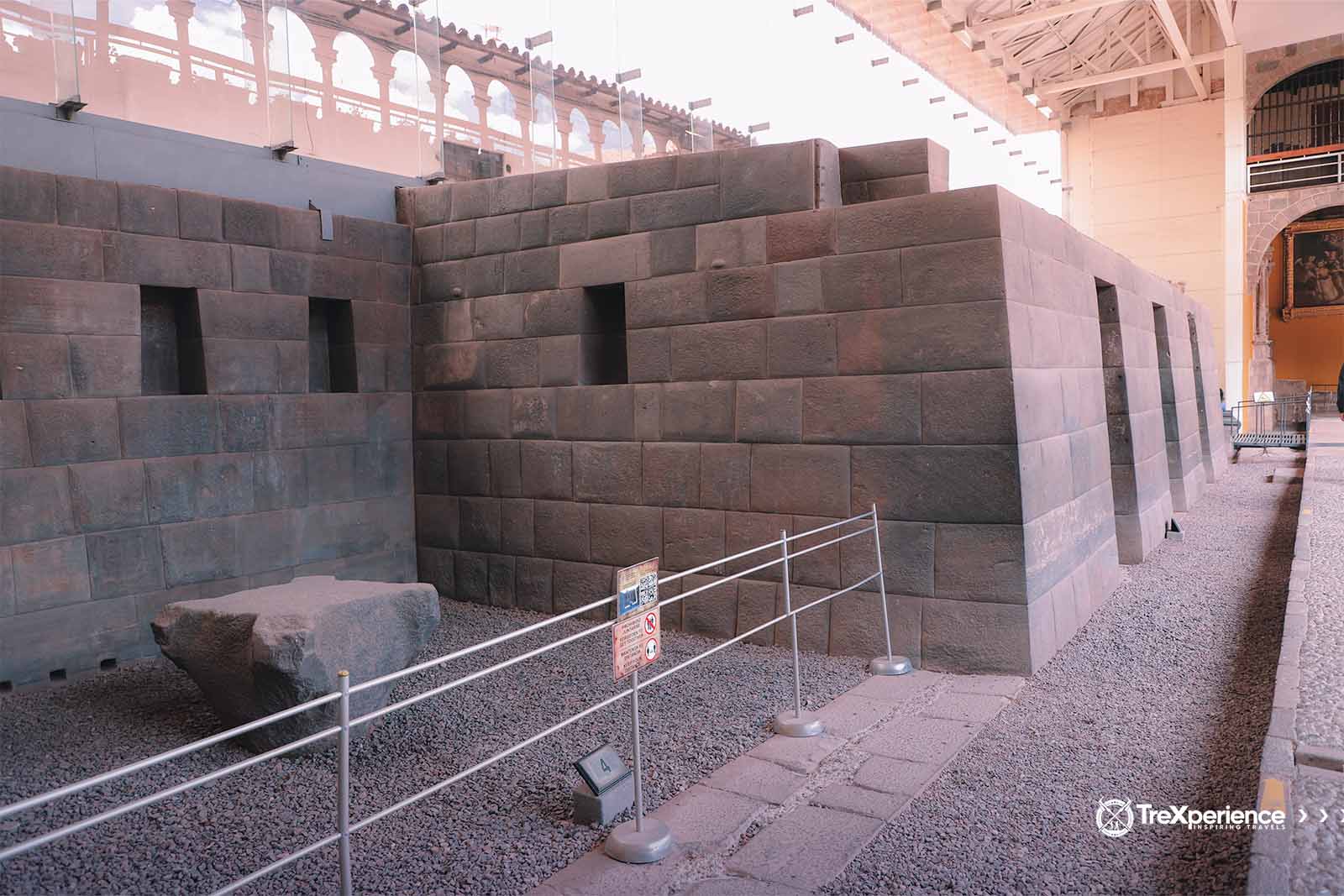
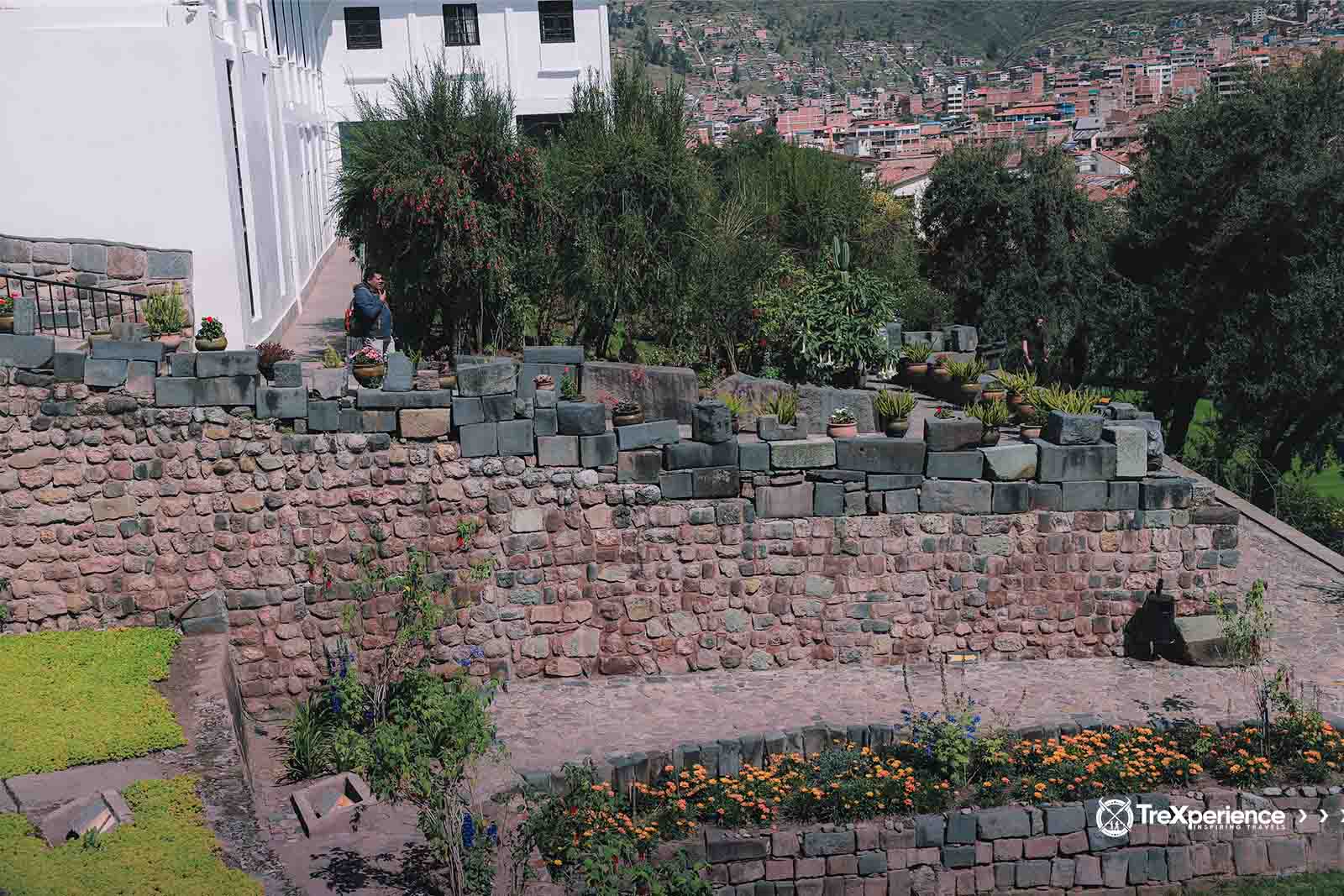

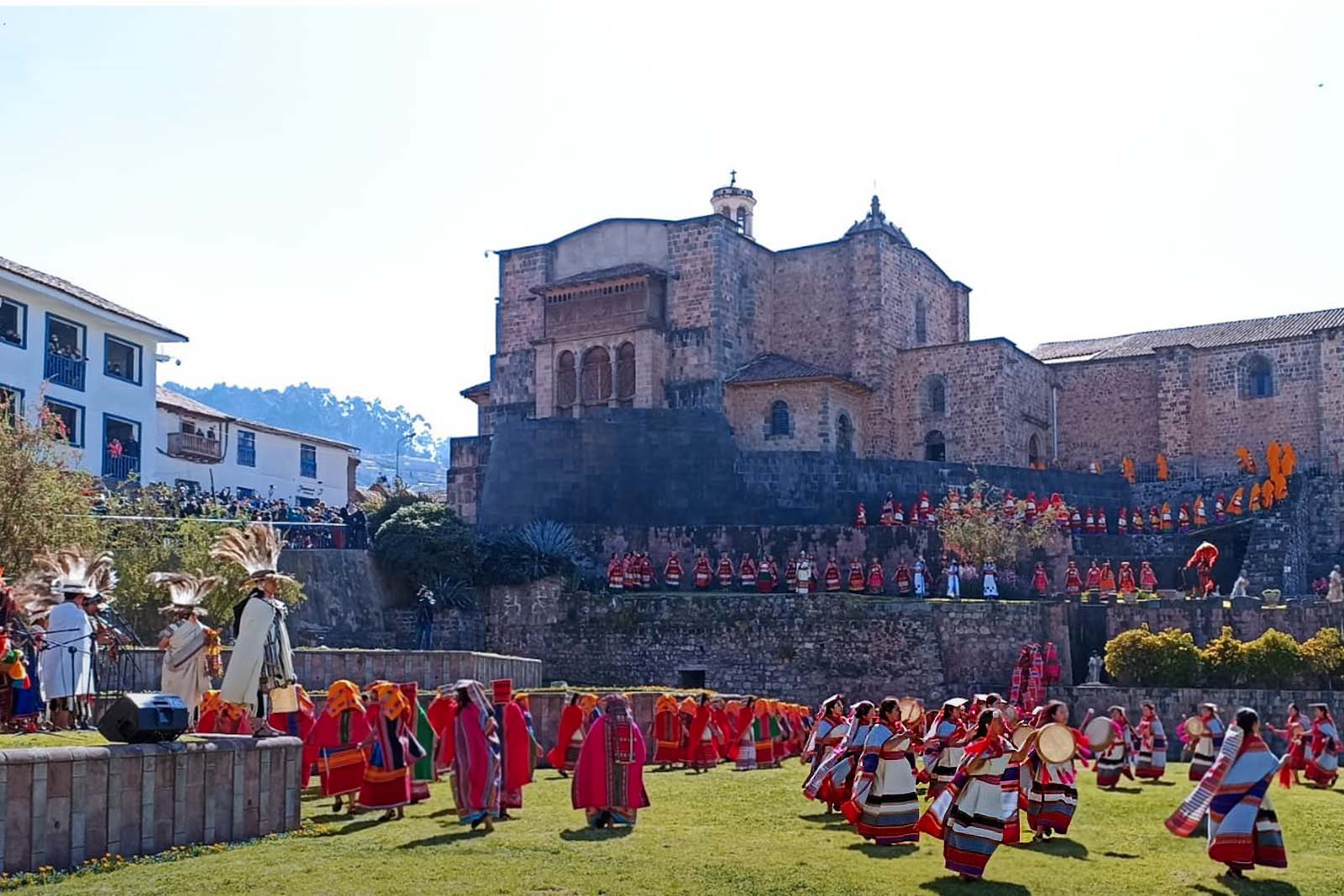
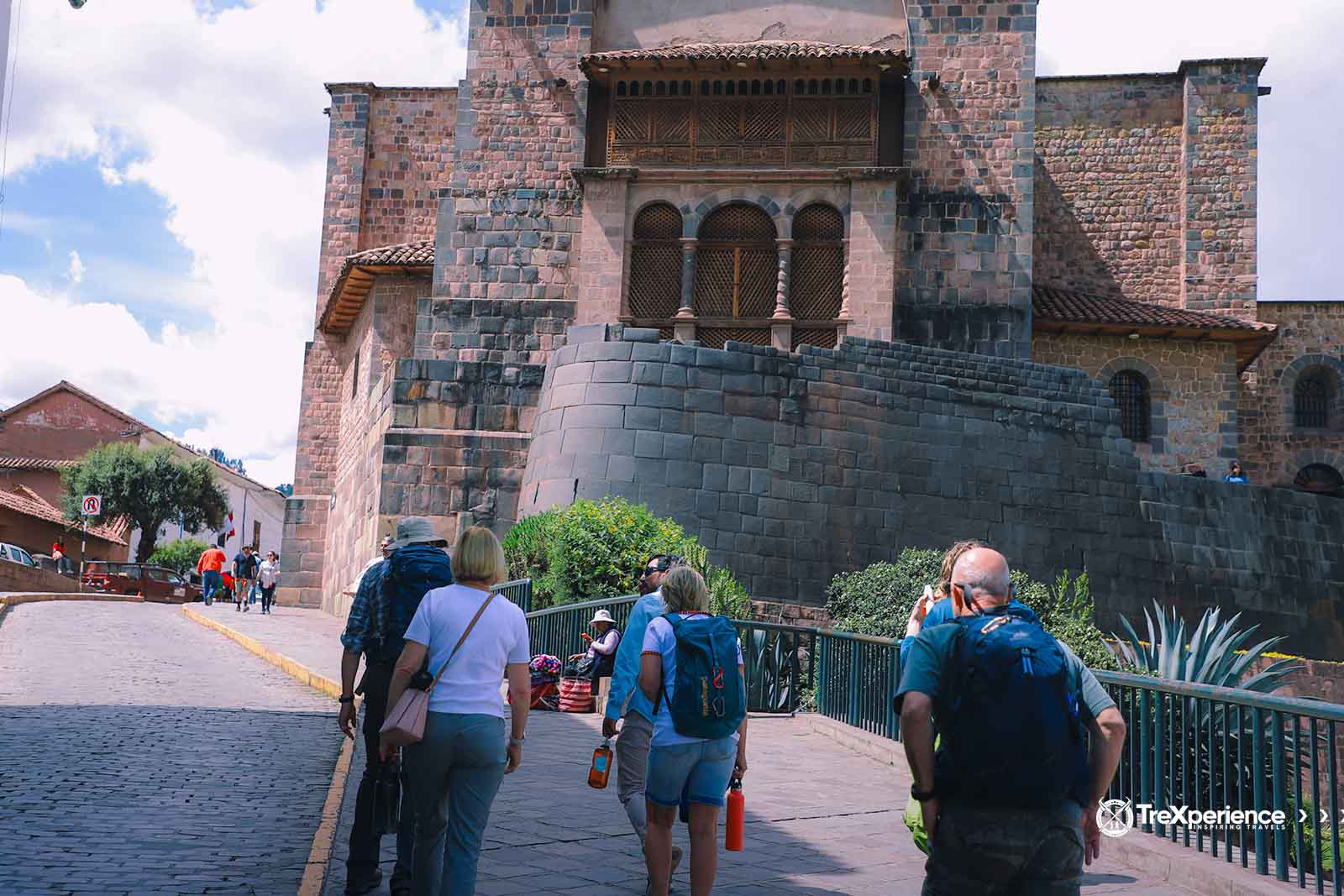
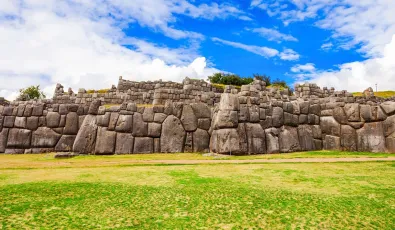
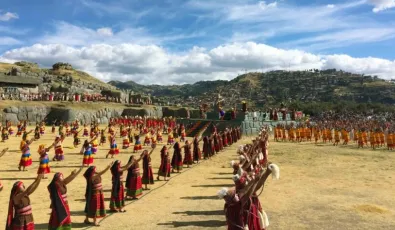
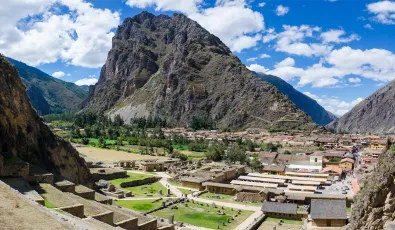
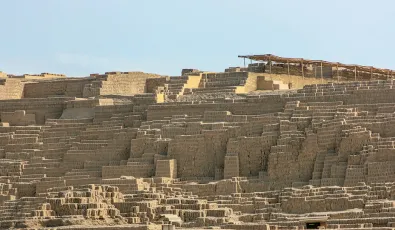

Add new comment